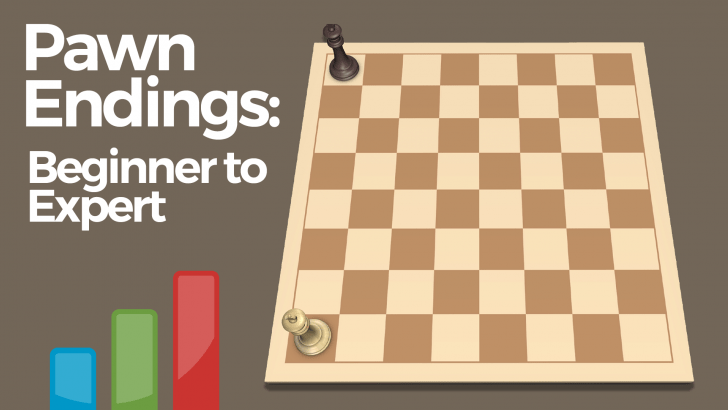Pawn Endings: Beginner to Expert
Learn how to play pawn endings like a pro!
Do you want to improve your king and pawn endings? Then this is the course for you! IM Eric Tangborn & FM Thomas Wolski will walk you through everything you need with many challenges to make you an endgame expert. Start winning your king and pawn endgames today!
Here is what you will learn:
- Learn how to use the opposition to win!
- Learn about tricky pawn breakthroughs!
- Learn how to tell which endgames are winning and which are drawn!
